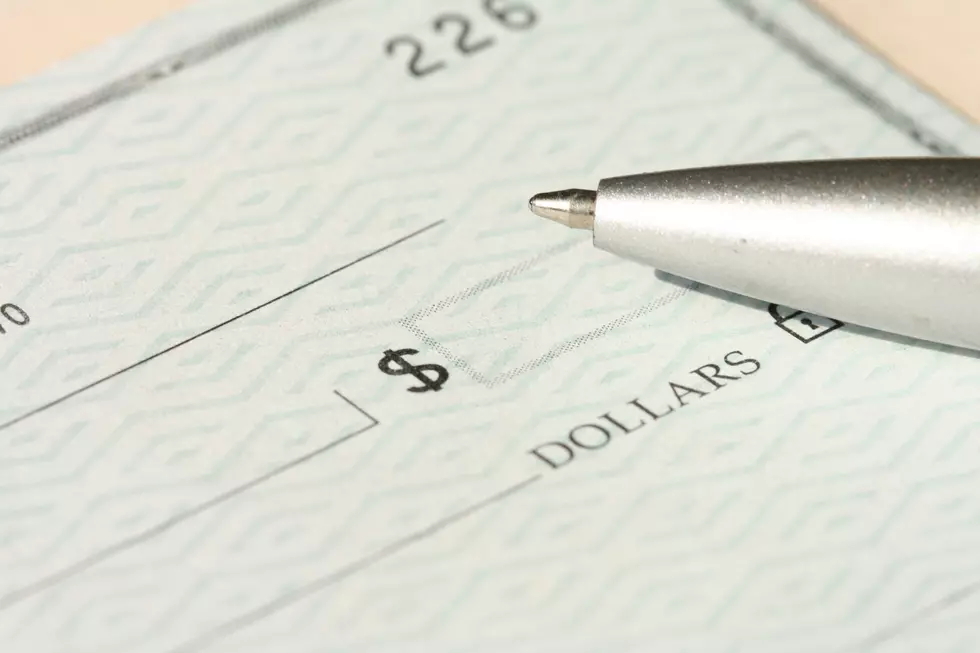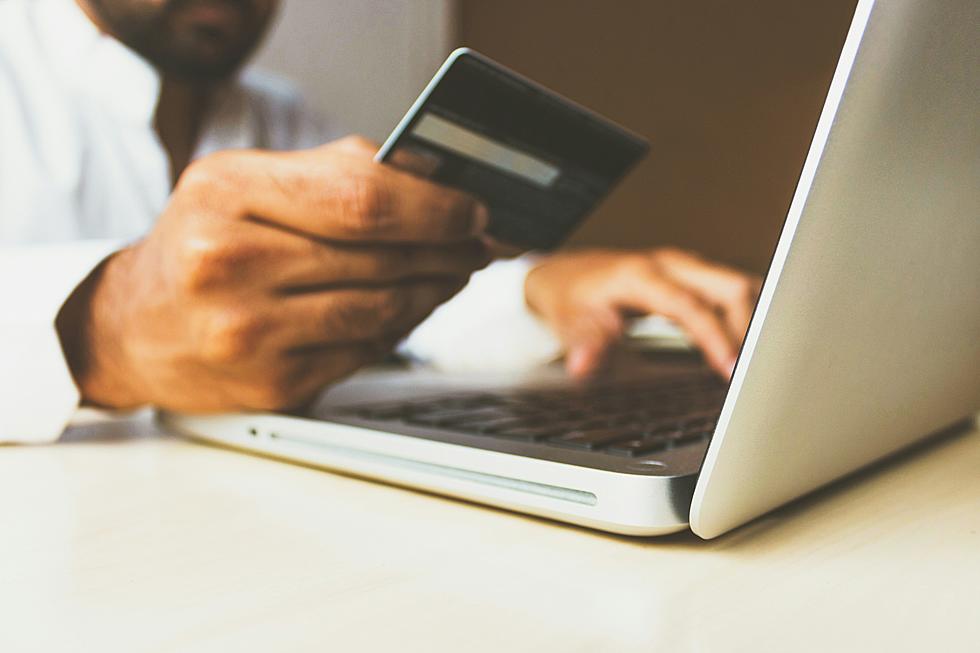How to Tell if Your Money is Real or Counterfeit [VIDEO]
Money changes hands all the time. This makes the crime of counterfeiting bills hard to stop or detect. So how do you know if the money you have in your wallet is real or fake? There are many advanced security features on currency to help prevent and identify fake bills.
On the doors of Moe's Southwest Grill in New Hartford there was a sign that read, "Due to the increasing amount of counterfeit bills circulating we can no longer accept $100 dollar bills." It makes you wonder how common is counterfeiting? It can happen to anyone anywhere. That is why it's important to educate yourself on some of the ways to determine if your money is legit. In addition to the tips in the video above you may also want to look for the following according to businessknowhow.com,
Microprinting: There are minute microprinting on the security threads: the $5 bill has “USA FIVE” written on the thread; the $10 bill has “USA TEN” written on the thread; the $20 bill has “USA TWENTY” written on the thread; the $50 bill has “USA 50” written on the thread; and the $100 bill has the words “USA 100” written on the security thread. Microprinting can be found around the portrait as well as on the security threads.
Color-shifting ink: If you hold the new series bill (except the $5 note) and tilt it back and forth, please observe the numeral in the lower right hand corner as its color shifts from green to black and back.
Ultraviolet Glow: If the bill is held up to an ultraviolet light, the $5 bill glows blue; the $10 bill glows orange, the $20 bill glows green, the $50 bill glows yellow, and the $100 bill glows red – if they are authentic!
Also, on some of the newer high currency bills you can feel raised ink on some of the text printed on the document. If you believe you are in possession of a counterfeit bill, DO NOT SPEND IT! Contact your local police agency or the nearest secret service office.
MORE: Do You Care Kanye West is $53 Million Debt? Polly Doesn't
More From Lite 98.7









